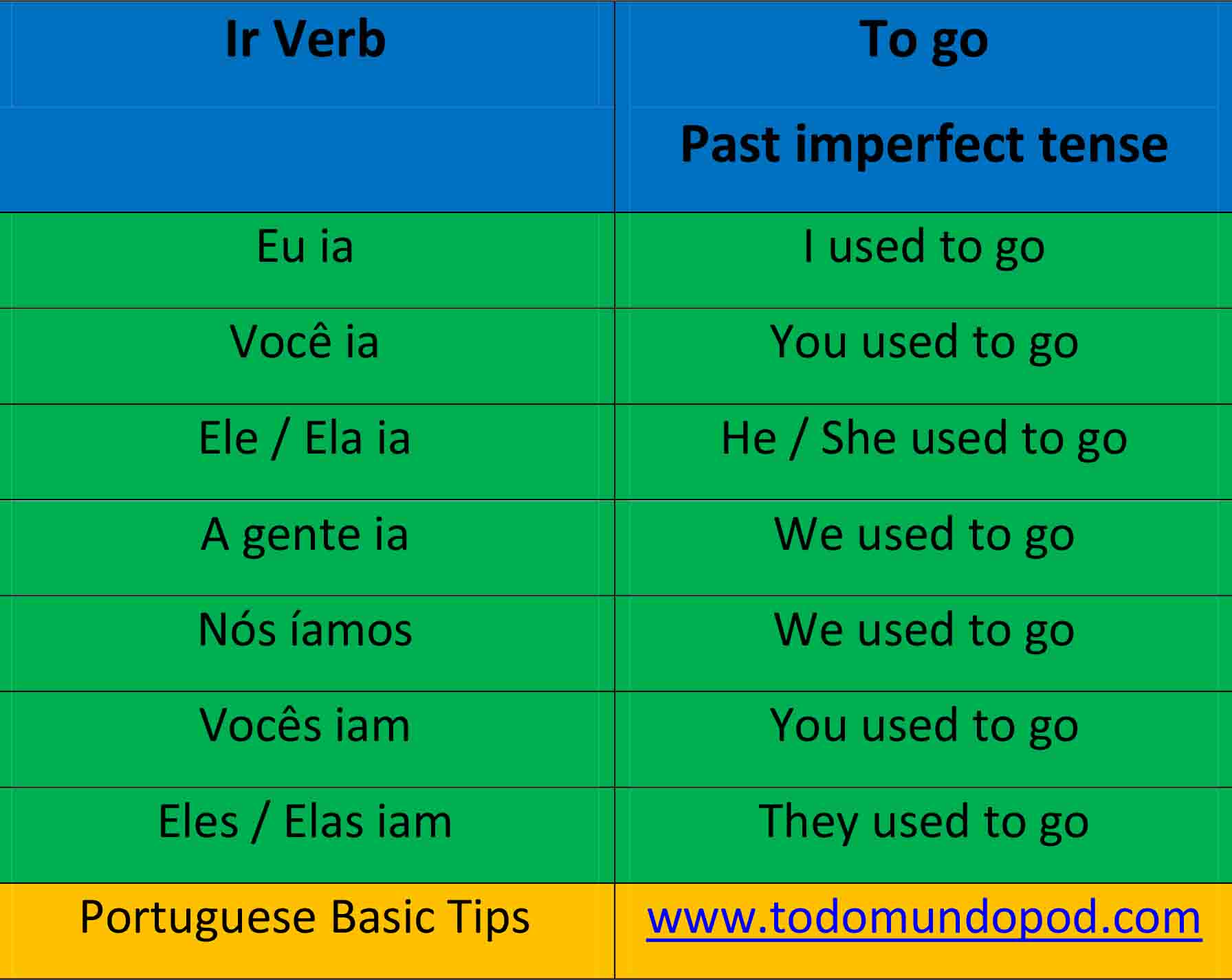Want to talk about what you “used to” do or what things “were” like in the past? Then you need the imperfect tense! This guide breaks down the imperfect conjugation of *tener*, a crucial Spanish verb, providing clear examples and practical exercises to boost your fluency. So, dive in and unlock the power of the imperfect!
Understanding the Imperfect Tense
The imperfect tense is your time machine to the past, describing actions that were ongoing, habitual, or simply describing how things were. It’s the “used to” tense, painting a picture of past routines, states of being, and general characteristics. Learn more about the imperfect tense conjugation. For example, instead of saying “I had a dog” at one specific moment, the imperfect tenía un perro suggests you had a dog for a while.
Conjugating Tener in the Imperfect
Thankfully, tener is quite regular in the imperfect. No irregular forms to trip you up! Here’s the breakdown:
| Pronoun | Conjugation | Meaning (approximately) | Example |
|---|---|---|---|
| Yo | tenía | I had/I used to have/I was | Yo tenía siete años. (I was seven years old.) |
| Tú | tenías | You had/You used to have/You were | Tú tenías un perro grande. (You had a big dog.) |
| Él/Ella/Usted | tenía | He/She/You (formal) had/used to have/was | Ella tenía mucha hambre. (She was very hungry.) |
| Nosotros | teníamos | We had/We used to have/We were | Nosotros teníamos una casa en la playa. (We had a house at the beach.) |
| Vosotros | teníais | You (plural, Spain) had/used to have/were | Vosotros teníais muchos amigos. (You all had many friends.) |
| Ellos/Ellas/Ustedes | tenían | They/You (plural) had/used to have/were | Ellos tenían un gato. (They had a cat.) |
Common Uses of Tenía
- Age: Tenía diez años. (I was ten years old.)
- Feelings: Tenía miedo. (I was afraid.)
- Possessions (General): Tenía un coche rojo. (I used to have a red car.)
- Obligations (with “que”): Tenía que ir al colegio. (I had to go to school.)
Imperfect vs. Preterite: A Quick Comparison
The imperfect sets the scene, while the preterite tells the main story. The preterite describes completed actions – snapshots of the past. For example, tuve un perro (preterite) could mean “I got a dog” or “I had a dog (but no longer do),” while tenía un perro (imperfect) suggests you had a dog for a while. Improve your understanding with the tomar preterite.
Expanding Your Understanding
Language is nuanced. The imperfect can interact with other grammar concepts in fascinating ways. Further study could include its use with time clauses, reported speech, or literary devices. Some linguists suggest that usage might vary regionally, so exploring diverse resources is beneficial.
Practicing the Imperfect
The best way to master the imperfect is to use it! Describe your childhood, your old routines, or even create fictional stories. Don’t be afraid to experiment – the more you practice, the more natural it will become.
Tenía: Imperfect or Preterite?
Tenía is definitively the imperfect form of tener. It paints a picture of past states or ongoing situations. Yo tenía un perro implies you had a dog for a period of time, not just at one specific instance. Tenía hambre describes a continuing state of hunger, not a sudden pang.
The preterite tuve, on the other hand, signifies a completed action. Tuve un perro could mean “I got a dog” or that you had one but no longer do. The difference is subtle but significant. Some experts suggest thinking of the imperfect as a movie (continuous action) and the preterite as a photo (a single moment).
Here’s a quick comparison:
| Tense | Form of tener | Meaning | Example |
|---|---|---|---|
| Imperfect | tenía | was having, used to have | Yo tenía un coche. (I had/used to have a car.) |
| Preterite | tuve | had, got (completed action) | Tuve un coche. (I had/got a car.) |
Conjugating Tener in the Preterite
The preterite tense of tener, like many irregular verbs, deviates from the normal -ar verb patterns. It’s the “storytelling tense,” used for actions completed in the past. Crucially, don’t confuse it with perfect tenses, which use the verb haber.
Here’s the preterite conjugation of tener:
| Pronoun | Conjugation | Example |
|---|---|---|
| yo | tuve | Tuve una buena idea. (I had a good idea.) |
| tú | tuviste | Tuviste suerte. (You were lucky – literally “You had luck.”) |
| él/ella/usted | tuvo | Tuvo que irse. (He/She/You had to leave.) |
| nosotros/nosotras | tuvimos | Tuvimos una fiesta. (We had a party.) |
| vosotros/vosotras | tuvisteis | Tuvisteis un buen viaje. (You all had a good trip.) |
| ellos/ellas/ustedes | tuvieron | Tuvieron muchos problemas. (They/You all had many problems.) |
Tener in the preterite isn’t just about physical objects. It can express past obligations (“Tuvieron que salir temprano.”) or even age (“Mi abuela tuvo noventa años.”). Interestingly, verbs derived from tener, like mantener and contener, share similar irregular preterite conjugations.
While our understanding of tener‘s preterite is fairly comprehensive, linguistic research is ongoing, and there may be dialectal or historical nuances yet to be uncovered. So, keep exploring! The more you learn, the better your grasp of Spanish will become.
- Unveiling the Enigma: Mansoureh Khojasteh Bagherzadeh’s Public Appearances & Private Life in Iran - July 18, 2025
- Unveiling the Mystery: Mansoureh Khojasteh Bagherzadeh’s Husband: A Rare Glimpse into a Private Life - July 18, 2025
- Unveiling Masoud Khamenei’s Mother: Power, Influence, and Iran’s Future - July 18, 2025

















2 thoughts on “Tener Imperfect Conjugation: A Simple Guide with Examples and Exercises”
Comments are closed.